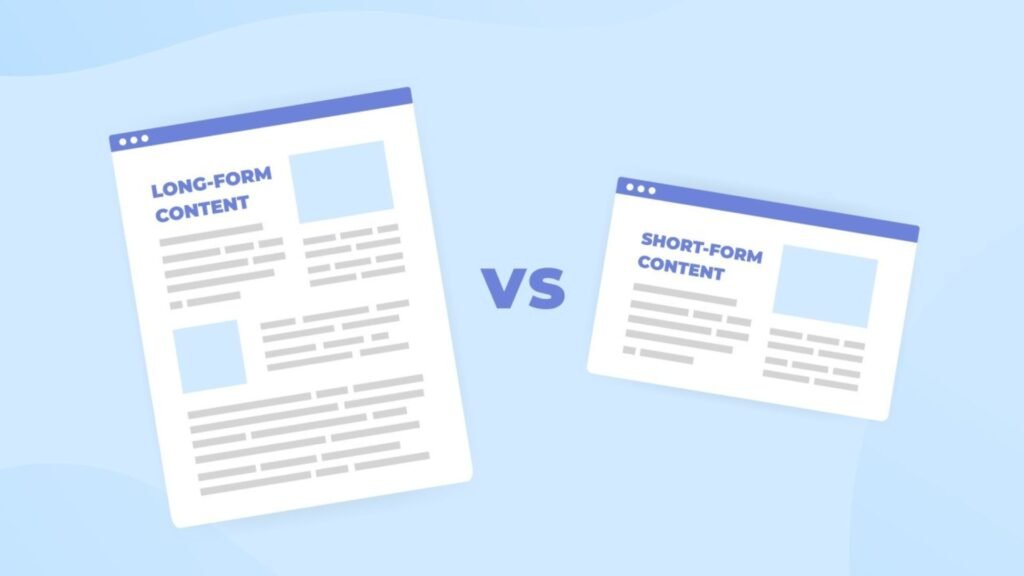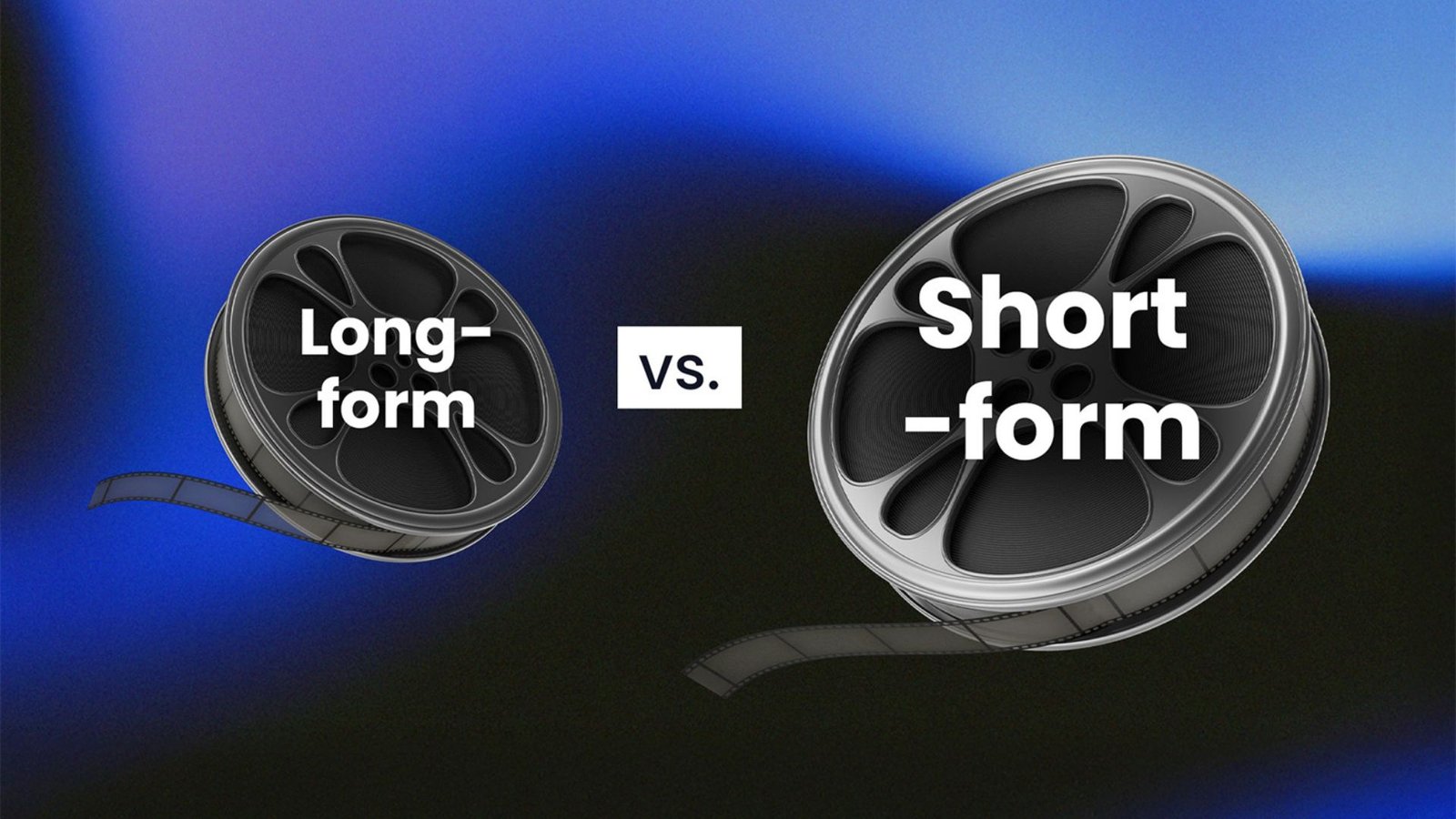Content consumption is evolving rapidly, and marketers are constantly asking: Should we focus on long-form or short-form content? Both formats have unique advantages, and understanding when and how to use them is key to maximizing engagement and conversions in 2026.

Understanding Long-Form Content
Long-form content typically exceeds 1,200 words and dives deep into topics. It is ideal for detailed guides, tutorials, case studies, and thought leadership pieces. In 2026, long-form content remains important for building authority, improving SEO, and providing value to audiences who want in-depth information.
Long-form content performs well on search engines because it allows for comprehensive coverage of keywords and topics. It also encourages longer time-on-page metrics, which signals to algorithms that your content is valuable. However, it requires more effort to produce and demands that your audience is willing to invest time in reading or watching.
The Power of Short-Form Content
Short-form content, including social media posts, tweets, Reels, TikToks, and email snippets, is designed for quick consumption. It works best for grabbing attention, driving engagement, and delivering concise messages. In 2026, short-form content is dominating social media platforms and capturing audiences with shorter attention spans.
The main advantage of short-form content is its shareability. Quick tips, catchy visuals, and punchy videos are more likely to go viral. It also allows brands to maintain consistency by posting frequently without overloading resources. However, it may lack the depth required to establish authority or fully explain complex ideas.
When to Use Long-Form vs. Short-Form
The best-performing content strategy in 2026 often combines both formats. Long-form content works well for:
-
SEO-driven articles and blogs
-
Detailed tutorials and how-to guides
-
Whitepapers and case studies
-
Establishing authority in niche markets
Short-form content is ideal for:
-
Social media engagement and trends
-
Email teasers and quick updates
-
Snippets from long-form content
-
Driving traffic to longer pieces or campaigns
By strategically using both formats, brands can capture attention with short-form content and then guide audiences toward long-form content for deeper engagement.
Repurposing Content Across Formats
One effective strategy is to repurpose long-form content into short-form pieces. For example, a detailed blog post can become a series of social media tips, short videos, infographics, or email snippets. This approach maximizes ROI and ensures content reaches different audience segments with their preferred formats. Repurposing also reinforces messaging, increasing brand recall and authority.
Measuring Success
Choosing the right format depends on your goals. Use metrics like engagement rate, time on page, shares, conversions, and bounce rate to evaluate performance. Long-form content may excel in organic search traffic and authority building, while short-form content often drives immediate engagement and brand awareness. Regular analysis allows marketers to adjust strategies for optimal results.
Conclusion
In 2026, neither long-form nor short-form content is inherently “better.” The key is to align content formats with your goals, audience preferences, and distribution channels. A balanced strategy that leverages the depth of long-form content and the attention-grabbing nature of short-form content can maximize engagement, reach, and conversions. Understanding how and when to use each format ensures your content marketing remains effective in an ever-changing digital landscape.











